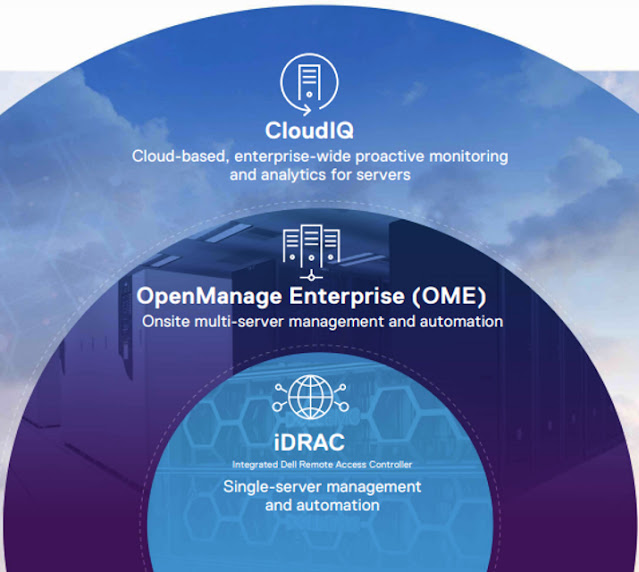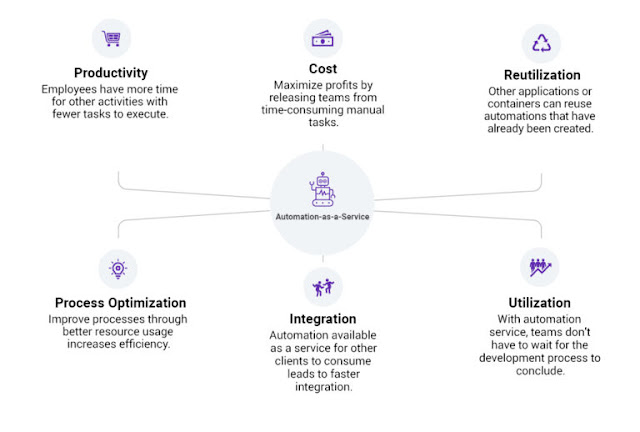Dell ObjectScale is the next evolution in object storage from Dell Technologies. Built with a software-defined, containerized architecture, ObjectScale delivers enterprise-class, high-performance S3 object storage that leverages the best of microservices and Kubernetes orchestration.
With ObjectScale, you can deliver cloud-scale storage services with the reliability and control of a private-cloud infrastructure. Developers enjoy on-demand, self-service storage via deployment APIs, accelerating application innovation, lowering TCO and empowering a true DevOps culture.
ObjectScale builds on the trusted, proven Dell ECS codebase and takes it to the next level. With over 20 years of experience delivering object storage systems, it is technology you can trust from the #1 object storage vendor.
ObjectScale Release 1.2: What’s New
This new major code update advances your DevOps initiatives with a simpler out-of-the box and management experience, breakthrough performance for emerging workloads and further enhanced Zero Trust features. More than ever, you’re ready to power emerging application and analytics projects backed by the global scale and assurance only available from Dell Technologies.
Our priority is to keep making your object storage experience easier and more flexible. ObjectScale 1.2 takes this to heart with some important enhancements.
Deployment Your Way
Simplify your experience with an expanded choice of deployment models. With a new faster “software bundle” deployment option, Dell can take care of managing the entire software stack for you, including Kubernetes.
We continue to offer an “as-an-Application” option that provides seamless integration with Red Hat OpenShift, now including the latest 4.12 release. Our jointly developed integrated solution with Red Hat gives you the flexibility to run ObjectScale alongside traditional applications on a full-stack Dell infrastructure that includes servers, primary storage and supporting software. This compatibility ensures users can leverage the power of ObjectScale within their existing OpenShift environments.
CloudIQ AIOps for ObjectScale
Now you can monitor your ObjectScale systems, even across multiple locations, with one easy-to-use interface from CloudIQ. CloudIQ is Dell’s cloud-based AIOps application that uses artificial intelligence and machine learning to proactively monitor and predictively analyze Dell infrastructure products together: storage, server, data protection, hyperconverged and network. More advanced than traditional monitoring, CloudIQ’s algorithms and rich visualization help IT staff speed time to resolution of infrastructure issues by two to 10 times faster and save one workday per week on average. It’s also included with Dell ProSupport agreements.
Power Emerging Workloads with Breakthrough Performance
ObjectScale 1.2 features breakthrough performance and efficiency enhancements to support the most demanding, high-throughput workloads at scale.
Your development and IT teams can rely on large write performance up to 2GB per node, which enables faster data ingestion and storage. ObjectScale now supports objects as large as 30TB, including replication of these huge objects. This six-fold increase in the maximum object size surpasses the limits set by Amazon S3, making ObjectScale an ideal choice for large-scale projects such as HPC, analytics, AI and their associated backups.
ObjectScale also now provides reporting of logical capacity usage for Dell APEX, facilitating better resource management and planning.
Protect at Scale with Enhanced Zero Trust Features
ObjectScale features data protection and security features that keep your data safe. ObjectScale Lock protects data in a WORM model. Data-at-rest encryption (D@RE) prevents unwanted data access. Global identity and access management (IAM) controls who can perform what actions on which resources under what conditions. And the list goes on.
With the new ObjectScale release, we’re further expanding ObjectScale security and access protocol capabilities. System users now benefit from Active Directory and LDAP support that enables seamless integration with existing user management systems, simplifying user administration and enhancing security. ObjectScale further expands its IAM model with more flexibility and control over access management.
In addition, more flexible erasure coding (EC) options include support for a minimum of four nodes with a 12+4 EC policy, enabling greater data protection and fault tolerance.
Source: dell.com














